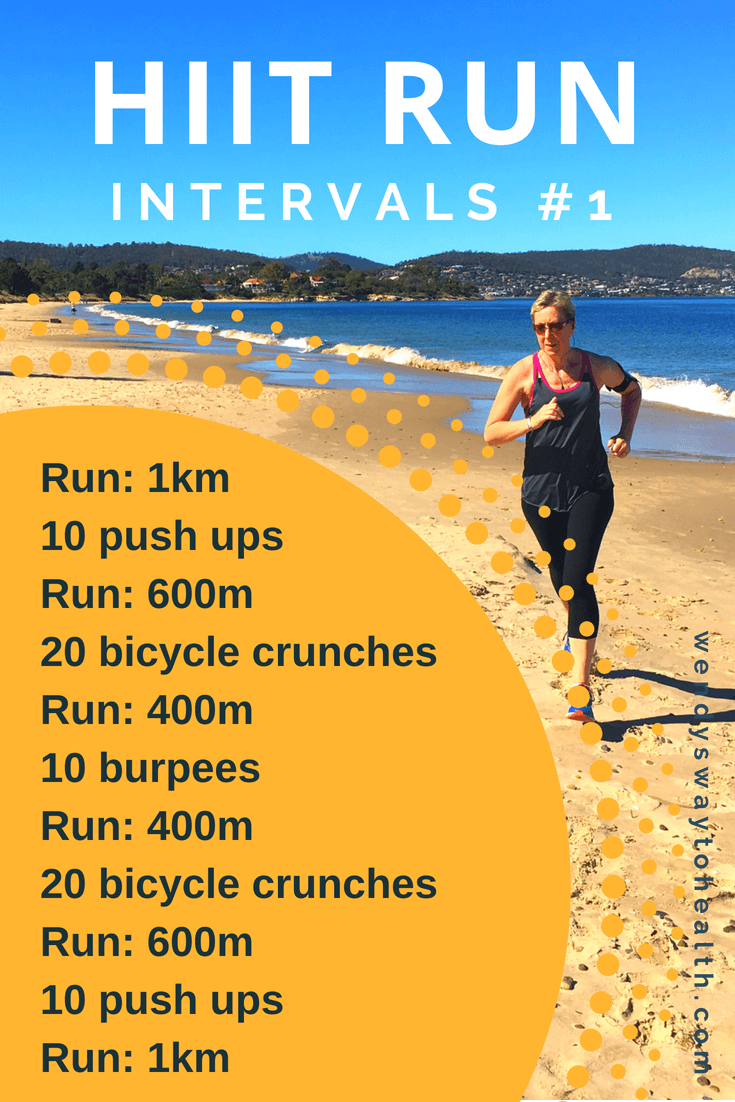Turbocharge Your Runs: Open Your Prospective with Strategic Running Workouts
Turbocharge Your Runs: Open Your Prospective with Strategic Running Workouts
Blog Article
Overcoming Discomfort in Running: Techniques and Strategies That Work
Discomfort is an usual buddy for numerous joggers, commonly working as a barrier to attaining their preferred objectives. However, with the best approaches and techniques, it is possible to conquer and also protect against the discomfort connected with running. By discovering numerous strategies such as understanding the different sorts of running pain, optimizing footwear and form, incorporating cross-training and strength exercises, implementing effective recovery methods, and maintaining proper nutrition and hydration, joggers can possibly relieve their discomfort and boost their general running experience.
Comprehending Different Sorts Of Running Pain
:max_bytes(150000):strip_icc()/effective-30-minute-running-workouts-2911891-0927-70272e09ac83449cadb9f1ce51656c0c.jpg)
Another sort of running pain is joint pain, which can materialize as a sharp or throbbing pain in areas such as the knees, hips, or ankles (running strategy). Joint discomfort may be brought on by variables like improper running form, overuse, or underlying problems like joint inflammation (find more info). It is necessary to set apart between muscular tissue pain and joint pain, as the latter may call for medical attention to avoid additional injury
Recognizing the various types of running pain is crucial for reliable monitoring and avoidance techniques to guarantee a safe and delightful running experience.
Correct Footwear and Running Form
To maximize efficiency and decrease the risk of running-related injuries, picking proper footwear and keeping appropriate running form are crucial parts for runners of all degrees. Appropriate footwear plays a critical function in providing assistance, cushioning, security, and protection for the feet and reduced limbs. It is advised to select running footwear that are particularly designed for the person's foot kind, running gait, and the kind of running activity they take part in. Getting suitabled for shoes at a specialized running store can help make sure the right fit and assistance.

Cross-Training and Toughness Workouts
Participating in cross-training and including stamina exercises right into a running routine can significantly boost general efficiency and minimize the possibility of injuries. Cross-training, such as biking or swimming, assists boost cardiovascular fitness while offering running muscles a break from recurring effect. It additionally assists reinforce different muscular tissue groups, resulting in much better general body conditioning. Toughness exercises, like squats, lunges, and core exercises, play a vital role in stabilizing muscles and boosting running effectiveness. They can remedy muscle imbalances, boost agility, and improve power result, all of which are crucial for running performance.
Integrating cross-training and stamina workouts into a running routine ought to be done tactically. It is very important to permit for ample rest between running sessions and cross-training activities to avoid overuse injuries. In addition, concentrating on proper form and technique during strength exercises is essential to maximizing their benefits and reducing the danger of injury. By integrating these aspects into a running routine, runners can construct a more powerful structure, boost efficiency, and take pleasure in a much more lasting running experience.
Recovery and Rest Strategies
Having actually established the value of cross-training and stamina exercises in a thorough running regimen, interest can now be routed in the direction of Recovery and Relax Strategies as indispensable parts for enhancing efficiency and minimizing the risk of injuries. (running workout)
Recuperation after running is critical for muscular tissue fixing and development. Strategies such as foam rolling, stretching, and massage therapy assistance in decreasing muscular tissue discomfort and boosting versatility. Adequate remainder in between runs allows the body to recover and adjust to the physical tension, preventing overuse injuries.
Including active healing days right into a training routine, where low-intensity tasks like walking or biking are performed, can improve blood flow and promote healing without placing excess strain on the muscle mass. In addition, proper hydration and nutrition play a Visit Website vital function in the recuperation process by renewing shed liquids and nutrients.
Quality sleep is one more crucial aspect of healing that must not be overlooked. During sleep, the body goes through fixing and regeneration processes, adding to general physical and psychological health. By focusing on healing and rest methods, joggers can keep optimum performance levels and decrease the possibility of experiencing discomfort or injuries.
Nourishment and Hydration for Runners
Just how can joggers maximize their efficiency via proper nutrition and hydration practices? Nutrition and hydration are vital aspects of a runner's training regimen, playing an important function in efficiency, endurance, and recovery. To enhance performance, runners should focus on consuming a healthy diet regimen that consists of carbs, healthy proteins, healthy fats, vitamins, and minerals. Carbs offer power for running, while proteins aid in muscle mass fixing and recuperation. Healthy and balanced fats sustain overall health and wellness and assistance in absorbing vital nutrients. Sufficient hydration is also important to maintain optimum efficiency, as even mild dehydration can adversely affect running performance. Joggers must consume water before, throughout, and after their runs to remain hydrated. Electrolytes, such as salt and potassium, are also vital for keeping fluid equilibrium and muscle mass function - running strategy. Furthermore, timing dishes and snacks appropriately prior to runs can help protect against intestinal discomfort and supply the required power for peak performance. By paying focus to their nourishment and hydration, joggers can enhance their endurance, accelerate recovery, and do at their best.
Final Thought
To conclude, by understanding the different kinds of running pain, using correct footwear, maintaining correct running kind, integrating cross-training and stamina workouts, prioritizing healing and remainder, and concentrating on nourishment and hydration, runners can successfully overcome pain and enhance their efficiency. Applying these strategies and techniques can help runners stop injuries, improve their endurance, and inevitably appreciate an extra fulfilling running experience.
Report this page